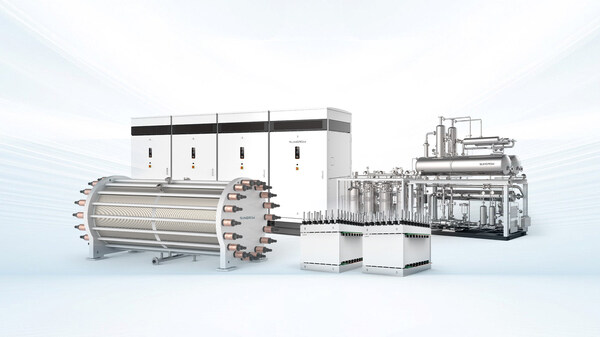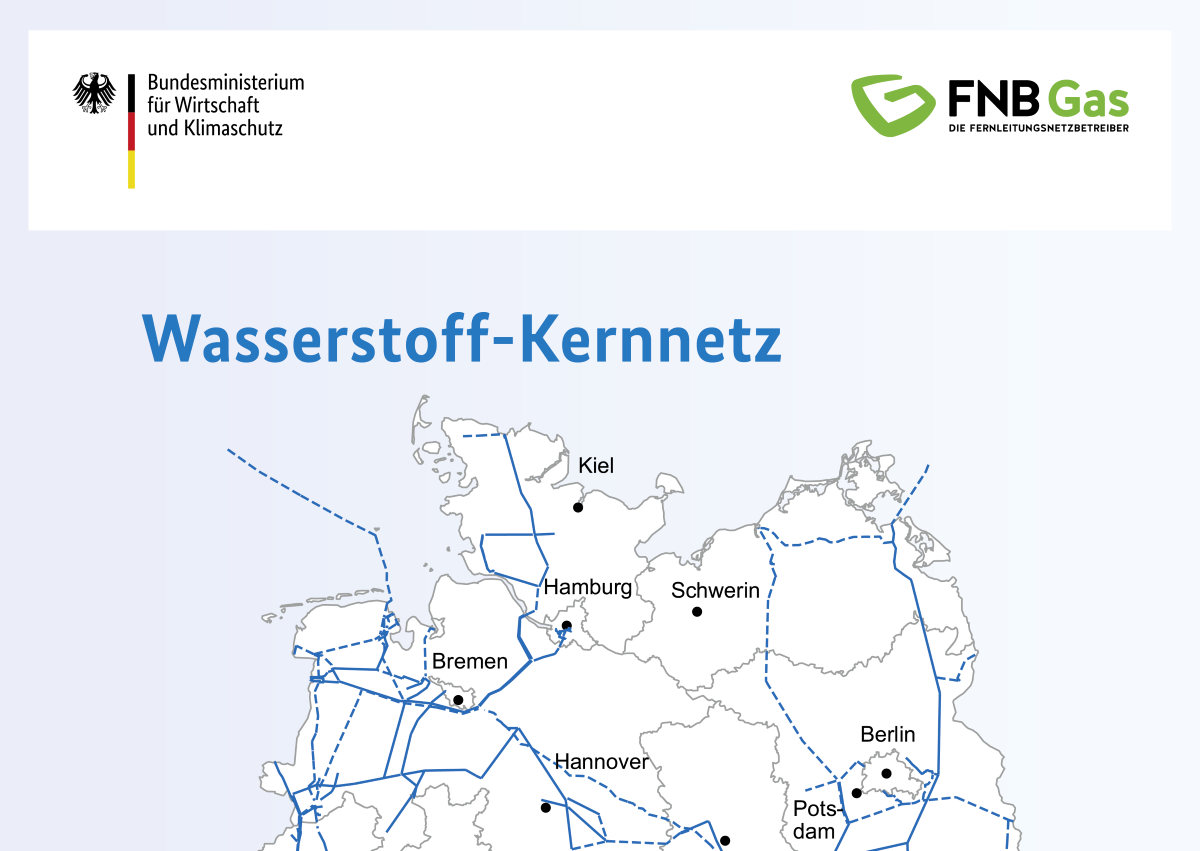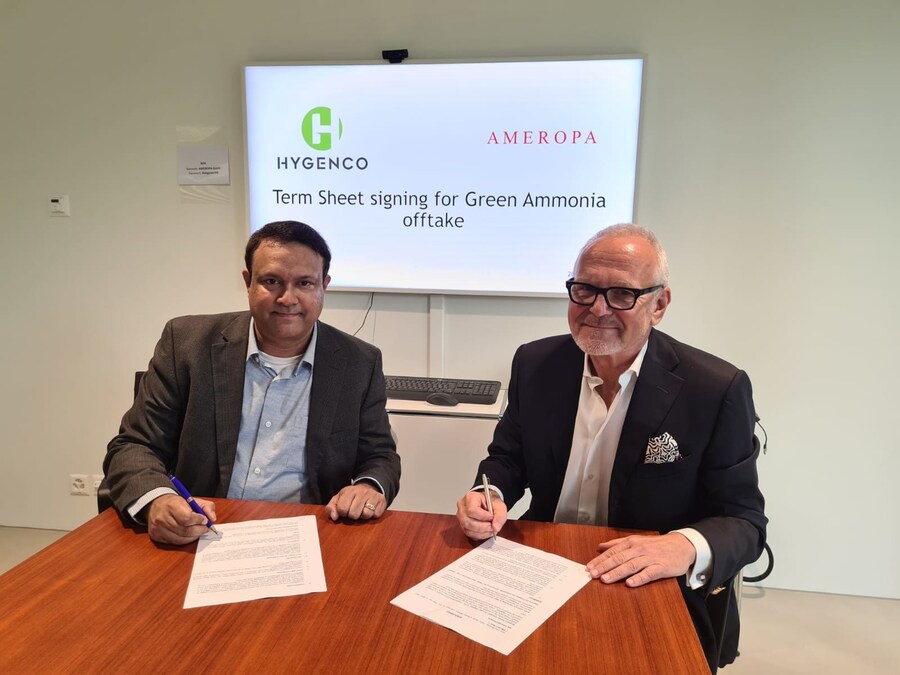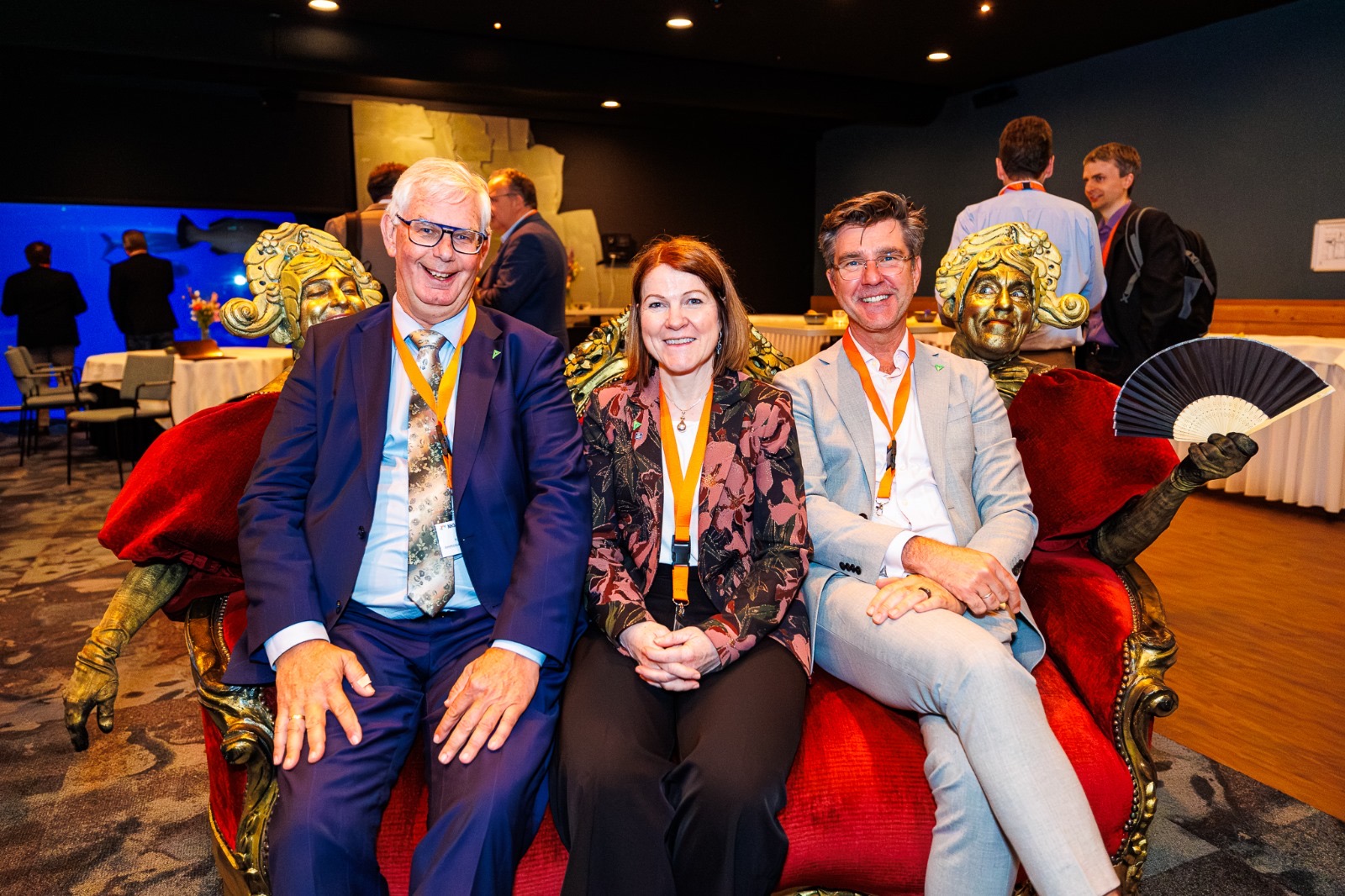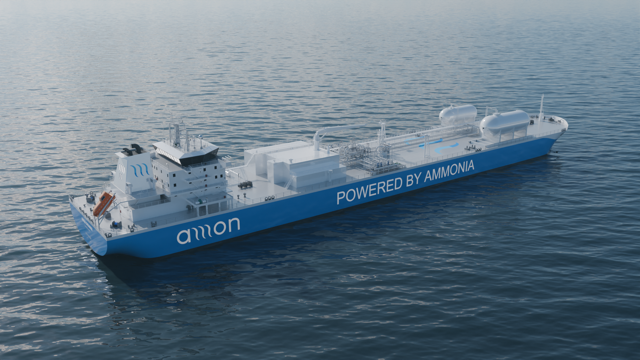Renewable ammonia progresses in China
Sungrow Hydrogen will provide alkaline electrolysers for a new hydrogen and ammonia project in Jilin province. China Energy Engineering Corporation is leading development of the project, which will produce 600,000 tons of renewable ammonia each year. In Inner Mongolia, construction has begun on a similar-sized plant, which will produce ammonia from wind and solar energy.
